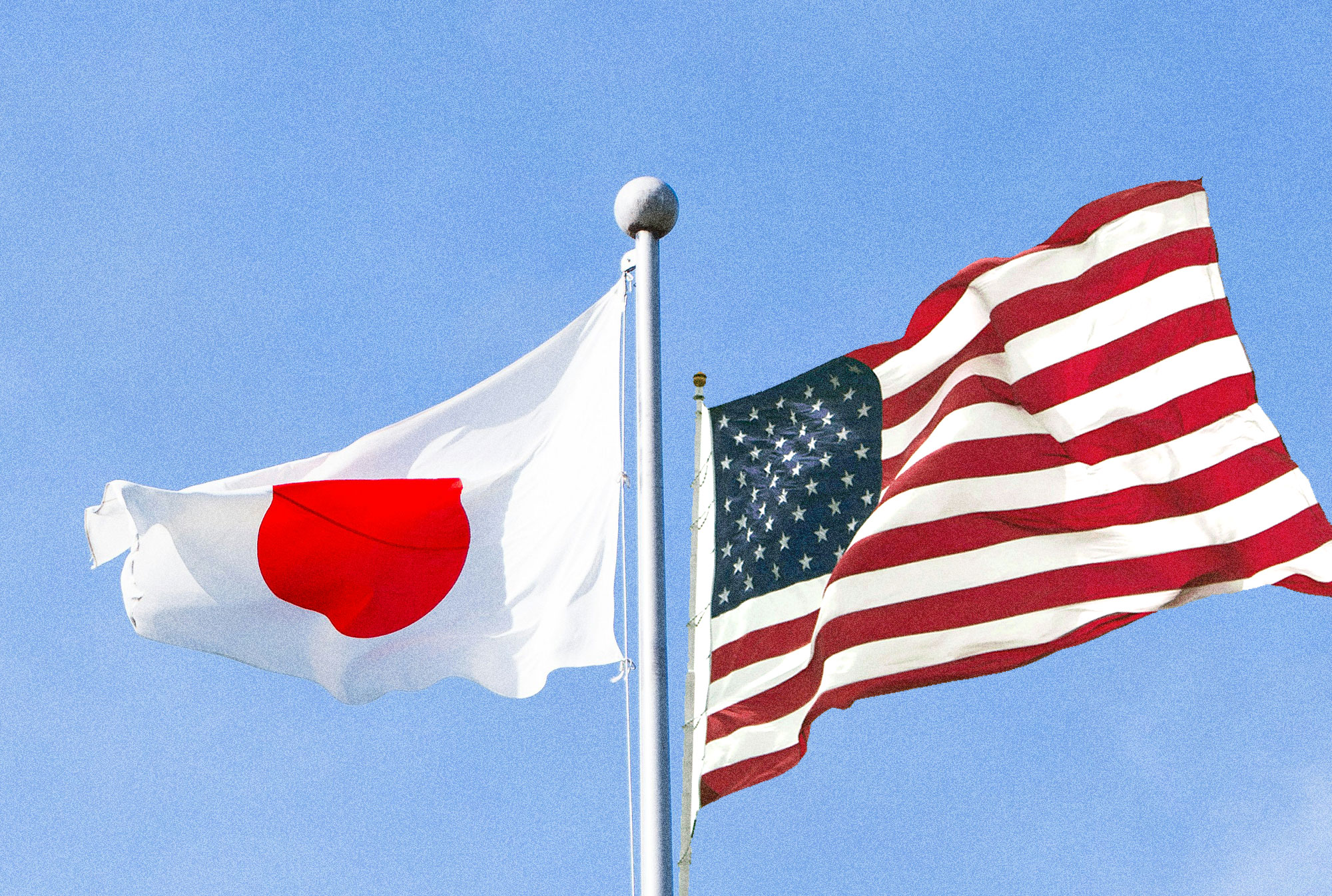On 29 July 2025, a new trade agreement between the United States and Japan, announced by US President Donald Trump and Japanese Prime Minister Shigeru Ishiba, brought a degree of certainty to a previously turbulent trade landscape.
While the deal has averted the more severe 25% tariffs initially threatened by the US, the new 15% reciprocal tariff on Japanese imports into the US market presents both relief and new challenges for Japanese exporters, particularly for Small and Medium-sized Enterprises (SMEs) in the manufacturing sector.
The New Tariff Landscape: A Shift in Dynamics
The core of the new agreement is a 15% reciprocal tariff on goods imported from Japan to the US, a significant reduction from the 25% that was slated to take effect on August 1st. For many, this represents a sigh of relief.
However, it’s crucial to note that this 15% rate is still considerably higher than the pre-2025 tariffs, which for passenger vehicles, for instance, stood at a mere 2.5%. This shift means increased costs for Japanese companies selling in the US, which could translate to higher prices for American consumers or reduced profit margins for the exporters themselves.
Beyond the general tariff, specific sectors are seeing nuanced impacts:
- Automotive Sector: A major point of contention and relief, Japanese auto exports to the US will now face the 15% tariff, down from an effective rate of 27.5% imposed earlier this year.2 This provides stability for Japanese automakers who rely heavily on exports to the US, such as Mazda and Subaru, where a significant portion of their US-bound vehicles are manufactured in Japan. The agreement also includes Japan’s commitment to ease non-tariff barriers for US auto exports.
- Machinery and Technical Appliances: Manufacturers of heavy machinery, industrial equipment, and advanced manufacturing equipment are expected to benefit from simplified certification procedures and reduced compliance costs. Companies like Komatsu, Kubota, and Hitachi, which import a substantial portion of their US-sold equipment from Japan, anticipate tariff savings. However, the existing high cost of steel in the US could still deter significant expansion of US-based production for some.
- Semiconductors and Critical Minerals: The deal establishes protocols for information sharing and investment in semiconductor manufacturing and critical minerals processing, aligning with both nations’ goals to secure supply chains and reduce reliance on other countries. This could foster greater collaboration and investment in these strategic sectors.
While the deal offers clarity and avoids a more drastic tariff hike, the Japanese government’s Cabinet Office has acknowledged that while uncertainties have eased, risks of downward pressure on the Japanese economy due to US trade policies remain.
The Plight of Japanese Manufacturing SMEs
For Japanese SMEs in manufacturing, the new 15% tariff on exports to the US poses a significant hurdle.
Unlike large multinational corporations with established production facilities in the US, many SMEs are heavily reliant on exports directly from Japan. The increased tariff directly impacts their competitiveness by raising the cost of their products in the US market. While the reduction from 25% to 15% is a welcome change, it still represents an added cost that can erode already thin profit margins, especially for businesses with less financial flexibility.
These SMEs may face difficult decisions: absorb the increased cost, pass it on to consumers (potentially losing market share), or explore alternative strategies. The agreement’s emphasis on Japanese investment in core American industries, though substantial ($550 billion), is primarily directed by the US President and may not directly benefit individual SMEs looking to export their goods.
The European Union Internal Market: A Potential Lifeline?
Given the less attractive export environment to the US, Japanese manufacturing SMEs might find compelling arguments to re-evaluate the European Union (EU) internal market. Here’s why:
- EU-Japan Economic Partnership Agreement (EPA): This comprehensive trade agreement, in force since February 2019, has already eliminated the vast majority of duties paid by EU companies exporting to Japan and vice-versa. For Japanese industrial goods, the EU is a significant trading partner, with over 75% of all Japanese goods exported to the EU falling under industrial categories. The EPA’s robust framework provides a stable and predictable trade environment, directly contrasting with the recent tariff volatility seen with the US.
- Market Size and Stability: The EU’s internal market of 27 member states offers a vast consumer base of over 450 million people, comparable in scale to the US but with potentially fewer trade policy uncertainties. The EU’s commitment to multilateralism and established trade agreements provides a more stable long-term outlook for businesses.
- Reduced Non-Tariff Barriers: The EPA not only addresses tariffs but also aims to reduce non-tariff barriers, such as harmonizing standards and regulations. This can significantly ease market access for Japanese products like machinery, technical appliances, and auto parts, which often face complex regulatory hurdles in different markets.
- Diversification of Risk: Relying heavily on a single export market, especially one prone to sudden shifts in trade policy, carries inherent risks. Diversifying export destinations to include the stable and robust EU market can mitigate this risk for Japanese SMEs.
- Existing Trade Flows: Trade between the EU and Japan is already substantial, with machinery and transport equipment representing a significant portion of both EU exports to Japan and EU imports from Japan. This indicates existing supply chains and distribution networks that Japanese SMEs could potentially leverage or integrate into.
While venturing into a new market always presents challenges, the established trade framework with the EU and its inherent stability makes it an increasingly attractive option for Japanese manufacturing SMEs seeking reliable export opportunities in a world of evolving trade dynamics.
The recent US-Japan deal, while providing some relief, underscores the need for Japanese exporters to broaden their horizons and consider markets that offer greater predictability and long-term growth potential.
